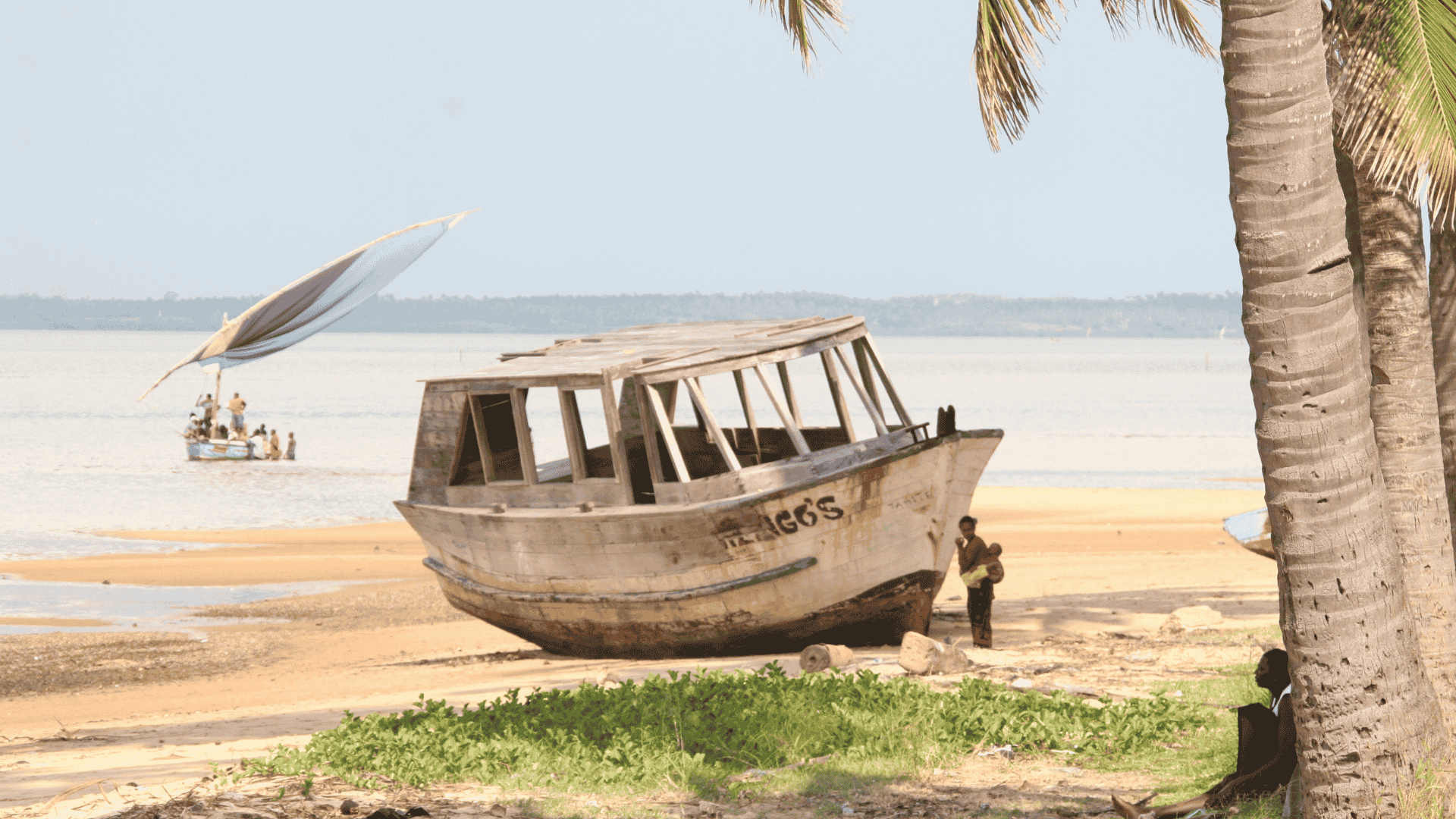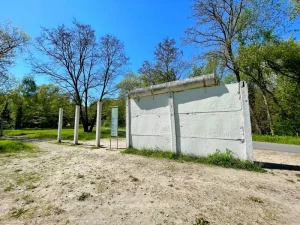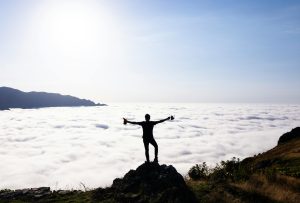Mozambique or Madagascar? How to Choose Between Africa’s Island Dreamscapes

Along Africa’s southeast edge lie two of the most extraordinary destinations on the Indian Ocean: Mozambique and Madagascar. Both are blessed with turquoise seas, powdery beaches, and cultures rich with history. Yet despite being separated by only a narrow channel, these neighbors offer profoundly different experiences – not just in landscapes and lifestyle, but also in how they’re fighting to protect their natural treasures.If you’re deciding between the two for your next adventure, here’s how Mozambique and Madagascar compare.
Geography and First Impressions
Mozambique unfurls along more than 2,400 kilometers of coastline, from the bustling south to the remote, reef-fringed north. Its colonial past still lingers in Maputo’s art deco architecture and in the cobbled streets of Ilha de Moçambique, a UNESCO World Heritage Site. The country feels like a blend of Latin rhythm, African energy, and tropical calm — a place where you can go days without seeing another tourist, even on beaches that rival the Maldives.
Madagascar, meanwhile, is often described as a continent in miniature. Cut off from Africa for 80 million years, it’s evolved into a living museum of species found nowhere else. From the towering baobabs of Morondava to the eerie limestone spires of Tsingy de Bemaraha, the island’s geography is as dramatic as it is diverse. Traveling here feels like stepping into a world both ancient and unfamiliar.
Beaches and Islands
Mozambique’s coast is its crown jewel. The Bazaruto Archipelago, a cluster of sand-ringed islands floating in a turquoise sea, offers high-end lodges, exceptional diving, and encounters with dugongs and whale sharks. Further north, the Quirimbas Islands promise utter seclusion and some of the healthiest coral reefs in the western Indian Ocean. For budget travelers, Tofo Beach has become a beloved surf and scuba hub, alive with a bohemian energy.
Madagascar’s beaches are wilder, less polished, and often harder to reach — but all the more rewarding for it. Nosy Be is the country’s main resort area, known for its calm lagoons and rum distilleries, while Île Sainte-Marie blends pirate history with humpback whale sightings each winter. Along the southwest coast, small fishing villages like Ifaty and Anakao offer diving, kite surfing, and encounters with the traditional Vezo people who still rely on the sea for survival.
Wildlife and Nature
Here the contrast becomes even sharper.
Madagascar is one of the most biologically unique places on Earth. Around 90% of its plant and animal species are endemic — meaning you won’t find them anywhere else. Lemurs are the obvious stars, but chameleons, orchids, and baobabs all play starring roles in this evolutionary wonderland. Exploring Andasibe-Mantadia National Park or Ranomafana brings you face-to-face with species so rare they’re found in just one valley or forest fragment.
Mozambique, by contrast, is less known for land-based wildlife (though its national parks are recovering fast) and more for its marine biodiversity. Its reefs, mangroves, and seagrass meadows host dolphins, turtles, and the endangered dugong. Inland, Gorongosa National Park has become a global conservation success story — once ravaged by civil war, it’s now one of Africa’s most inspiring examples of ecological restoration. Elephants, lions, and wild dogs have returned, and community-driven tourism has flourished around the park’s borders.
Conservation: Challenges and Hope
Both countries are on the front lines of conservation — and both face steep challenges.
In Mozambique, decades of conflict and poverty left protected areas neglected. But the past fifteen years have seen a remarkable turnaround. Gorongosa’s revival, funded by the Carr Foundation, has become a model for linking human well-being with ecosystem recovery. Local communities are employed as rangers, farmers are trained in sustainable practices, and ecotourism directly supports schools and clinics.
Along the coast, marine conservation is gaining ground. The Bazaruto Archipelago National Park protects coral reefs and dugongs, while partnerships with organizations like Blue Ventures and Ocean Revolution Mozambique empower coastal communities to manage fisheries sustainably. Still, threats persist — overfishing, illegal trawling, and the impacts of climate change remain serious concerns.
Madagascar’s conservation story is even more complex. The island holds five percent of the world’s biodiversity, yet suffers from some of the highest rates of deforestation anywhere. Slash-and-burn agriculture, charcoal production, and poverty-driven resource use have eroded vast swaths of forest. Conservationists are working tirelessly to reverse the trend: projects like Mitsinjo in Andasibe and Madagascar National Parks programs link tourism revenue to local livelihoods, creating financial incentives to keep forests intact.
Community-based initiatives have proven particularly powerful. In places like Lokobe Reserve and Anja Community Forest, local villagers manage conservation areas themselves, benefiting directly from visitor fees. Ecotourism here isn’t just a buzzword — it’s a lifeline that keeps both people and lemurs thriving.
Despite limited resources, Madagascar’s network of protected areas continues to grow, and global NGOs such as WWF, Conservation International, and the Lemur Conservation Foundation have made long-term commitments. The country’s challenge is balancing population pressures with the preservation of its irreplaceable natural heritage.
Culture and Travel Experience
While nature might lure visitors first, both nations reward those who stay for the culture.
Mozambique’s pulse beats to a Lusophone rhythm — Afro-Portuguese music, spicy peri-peri cuisine, and the warmth of a people known for their hospitality. You can spend mornings diving coral reefs and evenings dancing to live marrabenta on the beach. These are the moments that define Mozambique adventures — colorful, soulful, and full of unexpected beauty.
Madagascar’s culture, by contrast, blends African, Asian, and Polynesian influences. Malagasy traditions emphasize community and respect for the ancestors. You’ll hear hauntingly beautiful local music, taste dishes flavored with zebu and coconut, and witness ceremonies that celebrate the deep spiritual ties between people and the land. Trekking among baobabs, snorkeling off Sainte-Marie, or joining a local festival — these are the heart of Madagascar adventures, where every encounter feels deeply personal.
The Verdict
So which should you choose?
If you dream of island luxury, pristine reefs, and soulful coastal rhythm, Mozambique delivers a seamless mix of relaxation and adventure.
If you crave wild landscapes, rare creatures, and a sense of discovery that feels truly off the map, Madagascar will change how you see the natural world.
Both destinations reward responsible travelers — those who choose locally owned lodges, respect fragile ecosystems, and contribute to conservation. In the end, Mozambique and Madagascar aren’t rivals, but partners in preserving two of the Indian Ocean’s most extraordinary frontiers.



